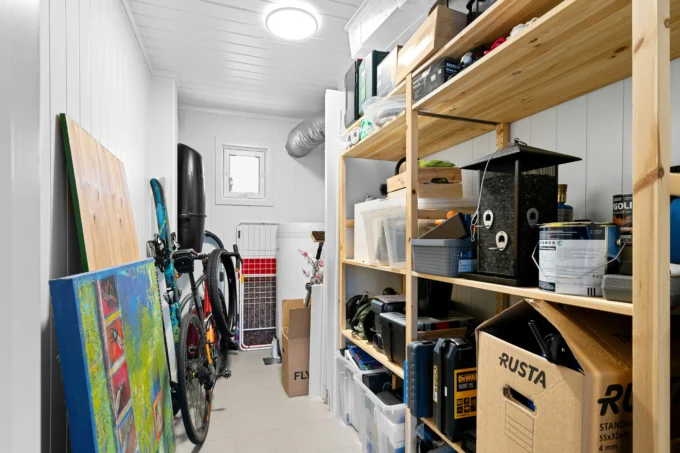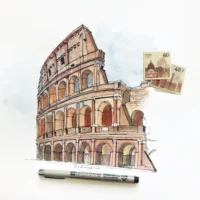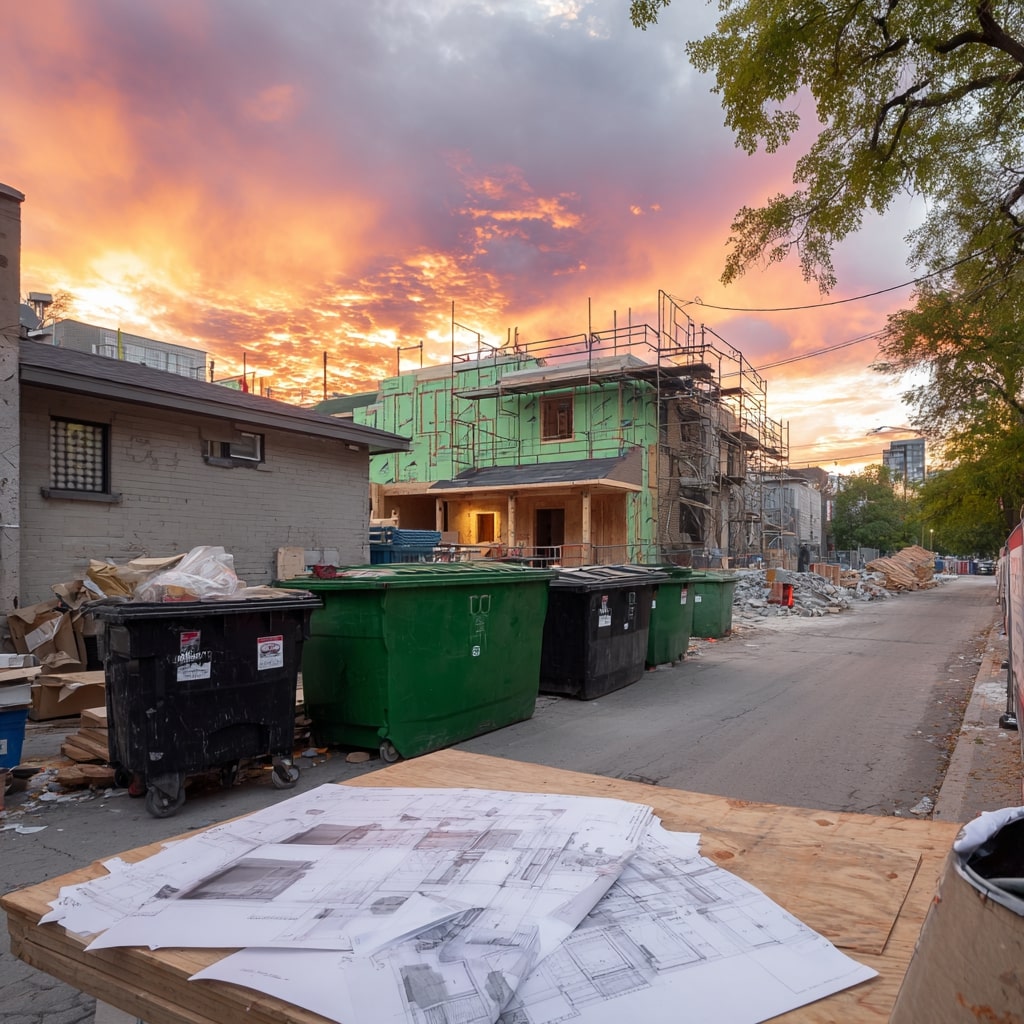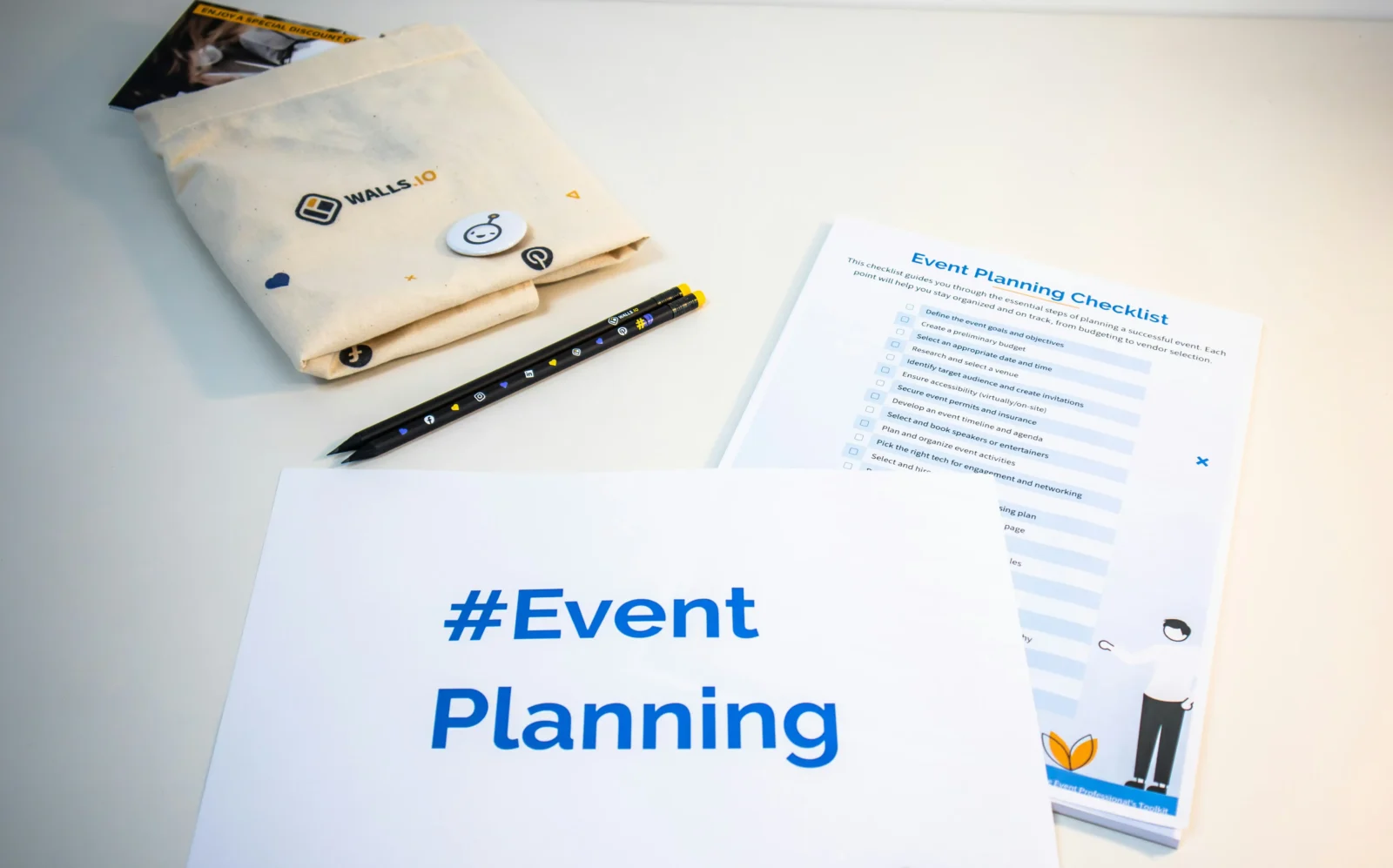- Home
- Articles
- Architectural Portfolio
- Architectral Presentation
- Inspirational Stories
- Architecture News
- Visualization
- BIM Industry
- Facade Design
- Parametric Design
- Career
- Landscape Architecture
- Construction
- Artificial Intelligence
- Sketching
- Design Softwares
- Diagrams
- Writing
- Architectural Tips
- Sustainability
- Courses
- Concept
- Technology
- History & Heritage
- Future of Architecture
- Guides & How-To
- Art & Culture
- Projects
- Interior Design
- Competitions
- Jobs
- Store
- Tools
- More
- Home
- Articles
- Architectural Portfolio
- Architectral Presentation
- Inspirational Stories
- Architecture News
- Visualization
- BIM Industry
- Facade Design
- Parametric Design
- Career
- Landscape Architecture
- Construction
- Artificial Intelligence
- Sketching
- Design Softwares
- Diagrams
- Writing
- Architectural Tips
- Sustainability
- Courses
- Concept
- Technology
- History & Heritage
- Future of Architecture
- Guides & How-To
- Art & Culture
- Projects
- Interior Design
- Competitions
- Jobs
- Store
- Tools
- More

Every home design starts with a spark. Maybe it is a quick sketch on a notepad, a doodle made during a meeting, or a collection of shapes drawn to test how spaces might fit together. These early sketches are often loose and playful, yet they carry the seed of a real home.
As the vision grows, sketches evolve into diagrams and eventually into plans that can guide actual construction. Architects and designers know this process well, but even students or homeowners can follow the same path. With the help of resources like The House Designers, it becomes easier to see how abstract ideas transform into buildable blueprints.
Table of Contents
ToggleThe Role of the Concept Sketch
A concept sketch is often the first physical record of an idea. It captures not just form but intent. For a house, this might mean outlining the basic shape, experimenting with room placements, or imagining how natural light flows into the spaces.
Concept sketches do not need to be neat. They are simply a way to get ideas out of your head and onto paper. Many professionals keep these loose, knowing they will refine them later. Even rough lines can spark creative breakthroughs.

Bubble Diagrams as a Next Step
Once a sketch starts to feel promising, bubble diagrams are a helpful tool. These diagrams use simple circles or shapes to represent different rooms or zones within a house. They help designers think through relationships.
For example:
- A kitchen bubble placed near a dining room bubble shows flow.
- A bedroom bubble set away from living areas suggests privacy.
- Outdoor bubbles can remind you to think about patios or gardens.
The beauty of bubble diagrams is that they remain flexible. You can move shapes around, redraw them, or even erase them without losing the bigger picture.
Moving Toward Floor Plans
When diagrams start to feel balanced, it is time to move toward floor plans. Here, shapes become rooms with defined sizes. Walls, doors, and windows enter the picture. Circulation paths get tested.
Floor plans are the first moment when sketches begin to look like an actual house. At this stage, designers consider how the building might meet real needs. They think about storage, accessibility, and how one space leads into the next.
Visualization Tools for Clarity
Digital visualization tools have made the leap from paper to screen much easier. With basic software, you can drag and drop room layouts, rotate views, and even render simple 3D models. This helps you see how a design feels before investing in professional drafting.
These tools also bridge the gap between creative expression and technical accuracy. While a hand sketch can inspire, a digital mock-up can highlight conflicts. A hallway that feels fine on paper may seem too narrow in a digital model. Adjustments at this stage save time and money later.
Professional Layouts as a Refinement
While sketches and diagrams are crucial, professional layouts give structure to the dream. These layouts are not simply drawings; they account for building codes, construction standards, and feasibility.

For students, looking at professional blueprints is an education in itself. They reveal how abstract ideas are translated into specific dimensions, materials, and annotations. For homeowners, using existing house plans can be a shortcut to clarity. You can choose a plan, adjust it to fit your needs, and trust that it is already designed with practicality in mind.
Online Plan Libraries as a Resource
Online plan libraries have become valuable for both designers and homeowners. They host collections of ready-to-build house plans across different styles and sizes. These plans are more than inspiration—they are functional documents.
Browsing these libraries can spark new ideas or confirm whether a sketch is realistic. They also allow for customization. You might find a floor plan close to your sketch, then modify it with the help of a professional. This connection between imagination and buildable reality makes the process smoother for everyone involved.
From Vision to Construction
The journey from concept sketch to blueprint is not linear. It loops back on itself. A floor plan might send you back to the sketchbook. A digital model might force you to redraw your bubble diagram. But each loop strengthens the design.
By the time you hold a polished blueprint in your hands, every line represents hours of thought. That plan is not just technical—it is the visual history of your idea. Seeing a home rise from such a process is both rewarding and humbling.
Conclusion
Designing a house begins with creativity and ends with precision. The playful energy of a concept sketch eventually meets the discipline of professional drafting. Visualization tools and plan libraries provide the bridge between those worlds. Whether you are a student, architect, or homeowner, the path from sketch to blueprint is proof that even the loosest doodle can lead to a real home.
illustrarch is your daily dose of architecture. Leading community designed for all lovers of illustration and #drawing.
Submit your architectural projects
Follow these steps for submission your project. Submission FormLatest Posts
Why Smart Bin Rental Strategy Shapes Better Architecture Projects
Picture this: you’re standing before your dream architectural project, blueprints approved, permits...
The 10 Most Iconic Buildings in the World and Their Stories
From ancient marvels like the Great Pyramid of Giza to modern icons...
How to Choose the Best Balloon Garland Kit for Your Event Theme
Balloon garlands are now a very popular decoration for today’s celebrations, including...
Dependable Service for Everyday Appliance Problems
When a washer stalls mid-cycle or a fridge warms up, you need...











Leave a comment